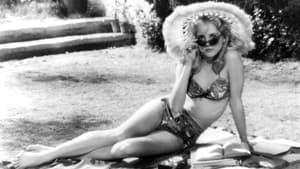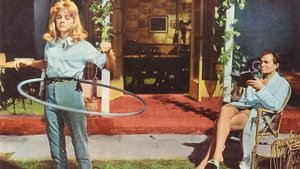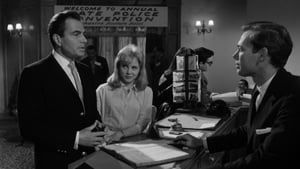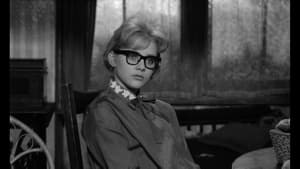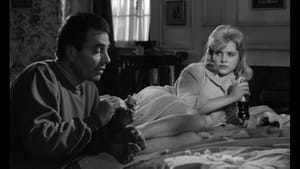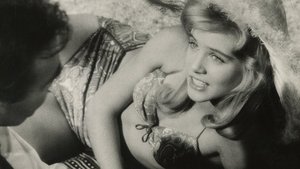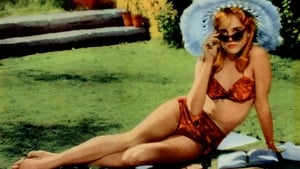Contact: [email protected]
Video Sources 0 Views

Synopsis
[ez-toc]




Introduction
In the vast realm of old films, some gems shine brighter than others, and “Lolita Colorized 1962” stands as a timeless masterpiece that has transcended the boundaries of black and white cinema. The film, based on Vladimir Nabokov’s controversial novel, takes audiences on a captivating journey through the complexities of desire and obsession. What makes this rendition truly unique is its recent transformation into full color, breathing new life into a classic. In this article, we delve into the fascinating world of Lolita Colorized 1962, exploring its journey to the silver screen, the making of a colorized masterpiece, controversies, criticisms, and the enduring legacy that persists to this day.
Read Media File Transfer Agreement: Terms and Conditions
Read FAQ
The Journey of Lolita Colorized to the Silver Screen
To understand the significance of Lolita Colorized 1962, we must first explore the source material. Vladimir Nabokov’s novel “Lolita Colorized” stirred controversy with its daring exploration of taboo themes. When visionary director Stanley Kubrick took on the challenge of adapting this novel to film, he faced numerous hurdles due to the explicit and contentious nature of the story.
Kubrick’s Lolita, portrayed by Sue Lyon, and James Mason’s Humbert Humbert brought the characters to life in a way that both mesmerized and disturbed audiences. The chemistry between the actors, coupled with Kubrick’s unique directorial vision, created a film that was both haunting and unforgettable.
The Making of a Colorized Masterpiece
While the black and white version of “Lolita Colorized” made a lasting impact, the recent colorization brings a fresh perspective to the film. The technological innovations behind this process not only enhance the visual appeal but also immerse the audience in a more vibrant and dynamic world.
Exploring the visual aesthetics of Lolita Colorized 1962 reveals the careful design choices made to capture the essence of the narrative. The character analysis becomes even more profound as the nuances of Humbert Humbert’s obsession and Lolita’s innocence are heightened by the vivid palette.
However, the impact of censorship on the film cannot be overlooked. The colorized version faced challenges in maintaining the delicate balance between artistic expression and societal sensitivities. This adds another layer to the ongoing debate surrounding the film’s artistic merit.
Controversies and Criticisms: Debating the Artistic Merit of Lolita Colorized 1962
One cannot discuss Lolita without acknowledging the controversies and criticisms that have surrounded it since its inception. Humbert Humbert’s character, brilliantly portrayed by James Mason, dives deep into the psyche of obsession, blurring the lines between sympathy and condemnation.
The adaptation’s exploration of hebephilia and the morally ambiguous nature of Humbert’s actions sparks intense debates about the ethical responsibilities of filmmakers. The adapted screenplay, while faithful to Nabokov’s vision, raises questions about the limits of artistic expression and societal norms.
Examining the Significance of Colorization in Film History
Colorized movies have often been a subject of debate among cinephiles. Lolita Colorized 1962 becomes a case study in tracing the evolution of colorization techniques. From early experiments to modern enhancements, the film exemplifies how technology can reshape our cinematic experiences.
The great debate surrounding the authenticity of black-and-white cinema versus the introduction of colorful interpretations is explored through Lolita’s lens. Does colorization breathe new life into classic films, or does it compromise their original essence? This ongoing discourse shapes the perception of Lolita Colorized 1962 in the broader context of film history.
Lolita on Screen: A Comparative Analysis
Adrian Lyne’s later adaptation of “Lolita” in 1997 presents a stark contrast to Kubrick’s vision. With actors like Jeremy Irons, Dominique Swain, and Melanie Griffith, Lyne offers a different perspective on Nabokov’s controversial narrative. The diverse directorial choices between Kubrick and Lyne highlight the malleability of Lolita’s story, each version contributing to a multifaceted understanding of the characters and their motivations.
Peter Sellers’ portrayal of Clare Quilty in Kubrick’s version adds another layer of complexity. Sellers, known for his versatility, brings a dark and comedic touch to the character, creating a memorable and enigmatic antagonist. Frank Langella and Shelley Winters also leave indelible marks on the Lolita saga with their distinctive interpretations of characters.
The Enduring Legacy of a Colorized Nymphet
As we reflect on the legacy of Lolita Colorized 1962, it’s impossible to ignore Sue Lyon’s provocative interpretation of the titular character. Lyon’s Lolita becomes a symbol, redefining societal perceptions of innocence and seduction. The film’s cast and crew, despite the controversies, contributed to a cinematic piece that continues to be analyzed, appreciated, and critiqued.
The reviews of Lolita 1962 capture the essence of the film’s impact. Stanley Kubrick’s controversial take on Nabokov’s novel resonated with audiences and critics alike. The blend of exceptional performances, innovative storytelling, and visual aesthetics made Lolita a cinematic milestone.
Embracing the Past and the Present: The Timelessness of Lolita Colorized 1962
As a film reviewer, looking at Lolita Colorized 1962 through the lens of colorization offers a unique perspective. The film becomes a bridge between cinematic eras, allowing audiences to appreciate the past while embracing the innovations of the present. The decision to colorize an old movie opens avenues for a new generation of viewers to connect with classic narratives in a more relatable way.
In conclusion, Lolita Colorized 1962 stands as a testament to the enduring power of storytelling and the evolution of filmmaking. The controversies, performances, and the recent foray into colorization contribute to its status as a timeless masterpiece. As we navigate the intricate web of desire and morality within the film, we find ourselves captivated by Lolita’s allure, whether in black and white or full color. The journey of Lolita to the silver screen remains a cinematic odyssey that continues to provoke thought, stir emotions, and carve its place in the annals of film history.
